Explore and analyse the characters in your class novel with this set of three worksheets.
Exploring Characters in Literature
Are you looking for generic literature study resources that can be used with any piece of literature your class is reading? Teach Starter has you covered with our extensive range of novel study worksheets!
This particular worksheet allows students to analyse the characteristics and motives of the protagonist and antagonist in a novel, as well as one supporting character.
Students will have the opportunity to comment on the following features of each character:
- Physical features
- Personality traits
- Interactions between the protagonist and antagonist
- The motivations of the antagonist
- Resolutions the protagonist has been involved in
- Ways the supporting character has progressed the storyline
Multiple Uses for These Novel Study Worksheets
This versatile resource can be used in various ways in your upper primary classroom. Why not try some of the following activities:
- Whole-class activity (via smartboard)
- Reading group task
- Individual practice
- Homework task
- Summative assessment
Download, Print, Teach!
This no-fuss, low-prep resource is ready to be used in your classroom now! Just click on the Download button above to access the easy-print PDF resource.
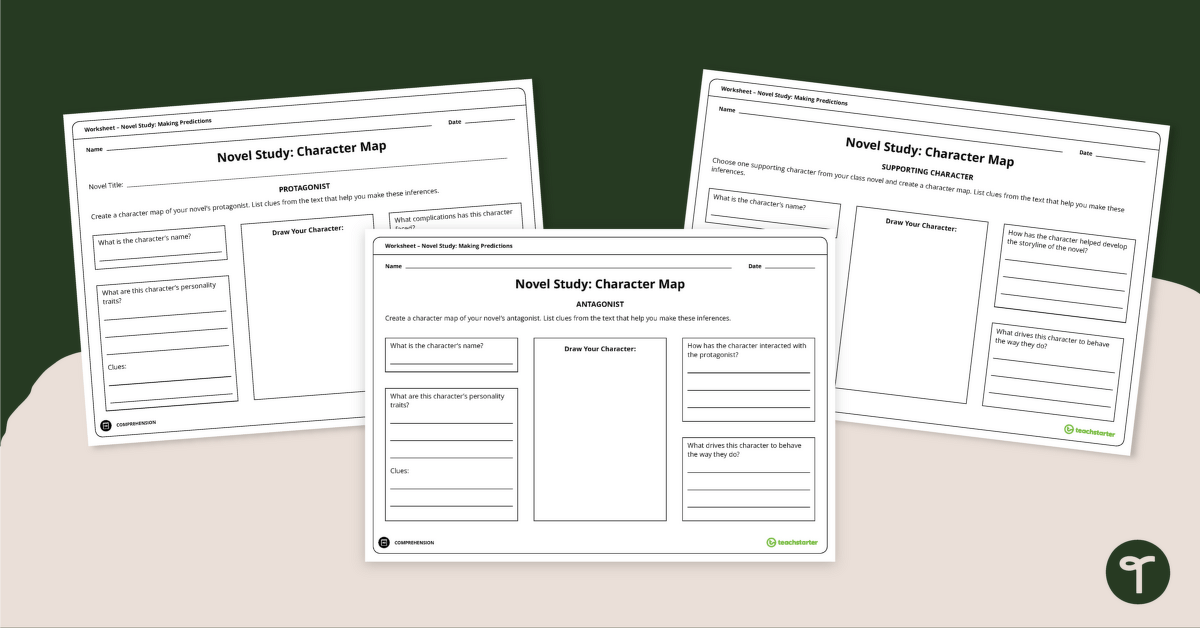

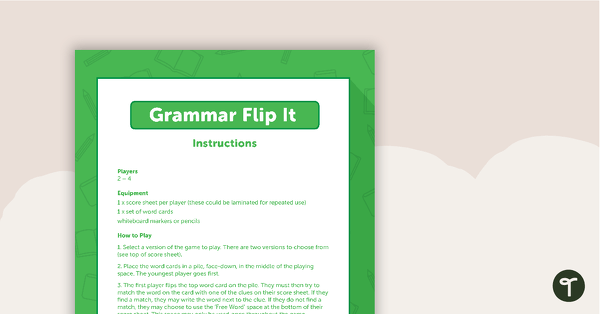
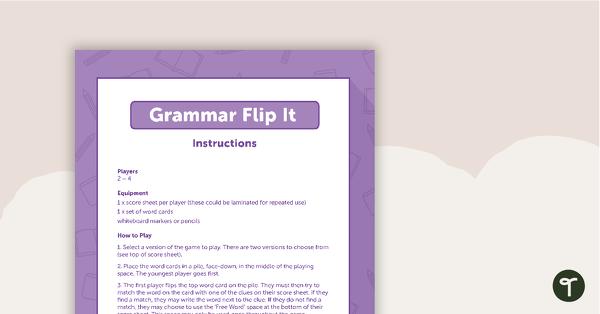

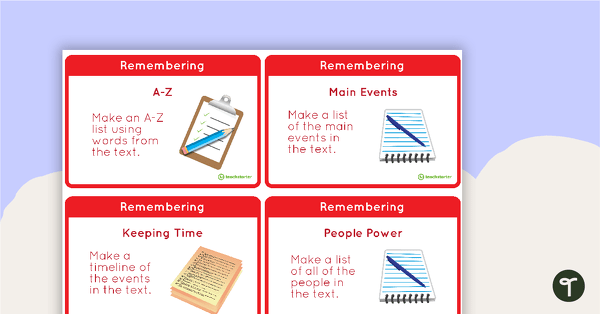
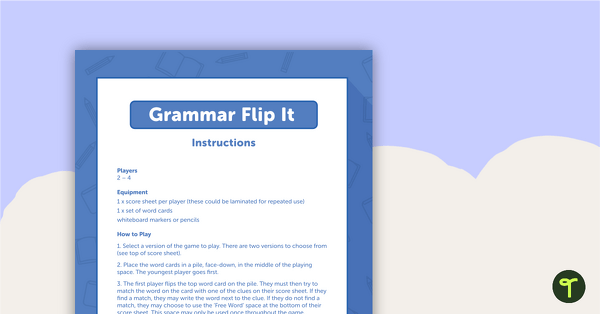


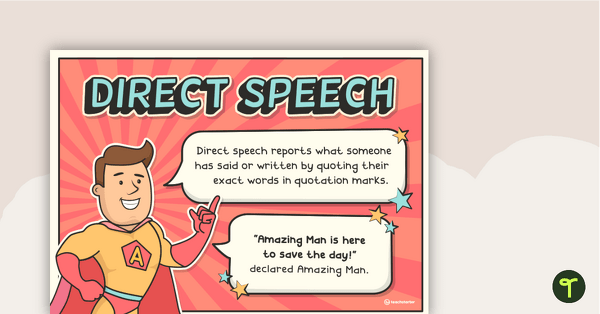
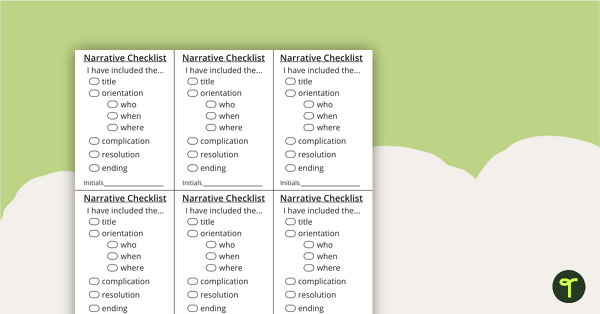

0 Comments
Write a review to help other teachers and parents like yourself. If you'd like to request a change to this resource, or report an error, select the corresponding tab above.